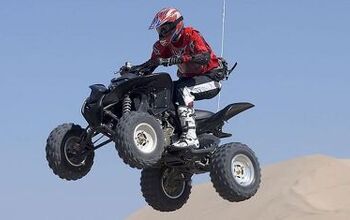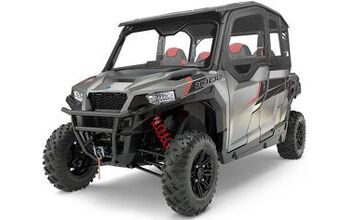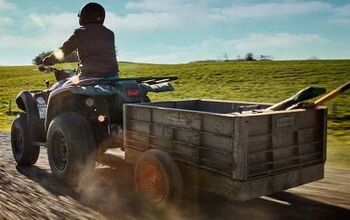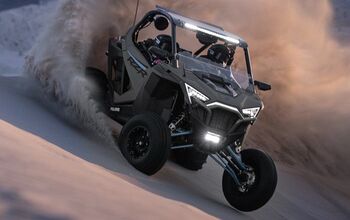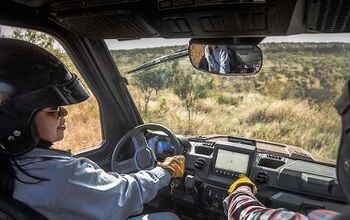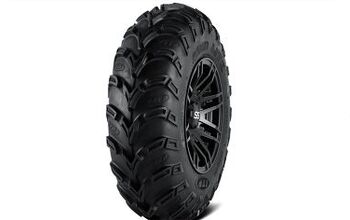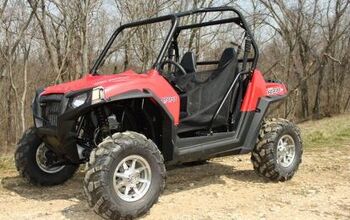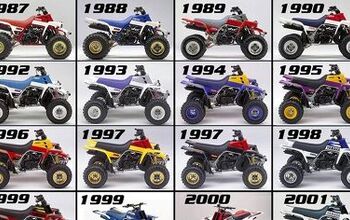The 2024 Kawasaki Mule Pro FX 1000 Line Is Stronger

When Kawasaki unveiled their Kawasaki Strong three-year warranty a few years ago, they used it to say that they produce some of the strongest and toughest machines on the market. With the new 2024 Mule Pro FX 1000 line, they are showing that being stronger isn’t just about being tough, it is also about being powerful, but that’s not all. There are several improvements to the new Mule that will make it something you should consider if you want a capable workhorse.
We headed down to Texas because everything is bigger in Texas, right? That makes it a great place to try out a bigger, better Mule. We spent some time behind the wheel of the FXT and trail-friendly FXR and came away impressed.
The motor
The previous Mule Pro models are powered by an 812cc three-cylinder motor. It’s a good motor, but when the name of the game is more power, that calls for something new. Kawasaki took the basic platform from the awesome KRX sport machine and developed it into a great utility machine engine. The result is a 999cc, dual-overhead-cam, parallel twin-cylinder four-stroke engine. This motor is direct fuel-injected and pumps out a significant amount of horsepower. Kawasaki doesn’t lay claim to horsepower numbers like some manufacturers, but they do admit to a 49% increase in power. This actually puts that number around 70 horses, which is really good in this platform. Torque increased 27%, too, and that is extremely noticeable.
This is also Kawasaki’s fastest Mule model with what they say is a 30% increase in top speed. On some fire roads in the Texas countryside, we put the needle past 55mph without much effort. Throttle response is more pronounced, too. You will notice more oomph when you get on the gas, but it isn’t jerky. The added torque from the bigger motor makes it very controllable.
Maintenance
One of the things anyone with a Kawasaki Mule can say is that the machines are pretty durable. Years ago, while on a tour of the Kawasaki ATV factory in Lincoln, Nebraska, we saw one of the very first Mules ever built, and it is still in use every day that the factory is in operation, with well over a million hours of operation on it. Mule owners tend to be pretty hands-on when it comes to any mechanical stuff, and with that in mind, Kawasaki looked to simplify some of the maintenance items with the new Mule Pro 1000 line.
The biggest news is the air intake. The air filter, which itself was completely redesigned to quadruple the service life, is now extremely easy to access and can be reached through a tool-free cover. The air intake to the filter was expanded and simplified for more airflow and better horsepower. The system from the intake all the way to the fuel injector is more direct, yet at the same time has been designed to reduce the chance of particulates entering the engine.
The oil filter, which was a bit tricky to reach on the previous platform, is now right next to the air intake and is located on top of the motor with a drip catch to help keep things clean when you are doing an oil change. This makes it a snap to replace the oil filter and reminds me of my Toyota Tacoma in how the filter is positioned and the ease of changing it. An oil change on the Mule 1000 should now take just a few minutes. Good stuff.
Handling
As I said earlier, we spent most of our trail time in the FXT and FXR models, with some limited time in the standard FX model, too. The FX and FXT are all 139.9 inches long and 64 inches wide. They have 11 inches of travel in the front suspension and 10.1 inches in the rear, all on double wishbone setups. Overall, the layout is pretty much the same as the original Mule Pro line, with more power and more travel, but the ride quality is vastly improved. The original FXT model could become a bit of a handful in the trials, simply because it was heavy, long, and a little lower. The increased suspension travel helps you hammer through the rough stuff and the added power gives you just enough zip to push through trail obstacles a little easier. The Texas terrain was pretty tame compared to some places I have taken a machine, but there were still some decent rocks to crawl through and the Mule did great.
The Mule Pro FXR 1000 LE is the machine you want if you’re going to do a lot of trail riding but still want the Mule work capacity. This machine is a little sportier in appearance and it comes with a shorter 79.7-inch wheelbase thanks to being 122-inches long. The FXR model we drove was at home in the rocks and the ride quality and capability is comparable to, dare I say it, a Kawasaki Teryx, one of the meanest machines for nasty terrain on the market. There are companies that are well known for certain types of terrain and I have said it before and will say it again - when you want a machine for the absolute worst possible trail conditions, Kawasaki builds machines that thrive in this terrain. The Teryx and especially the new KRX are tops in this category, and I would now add the Mule Pro FXR to that list. It’s not on par with the two other Kawasaki beasts, but if you want something that has that added utility capability, too, then you’d have to consider it for sure.
The bottom line
Kawasaki has built yet another tough Mule. The new Mule Pro FX 1000 line is stronger, meaner, and more powerful. The Mule Pro FXR 1000 starts at $16,599, the Mule Pro FX 1000 starts out at $18,299, and the Mule Pro FXT gets rolling at the starting MSRP of $20,299. If you want camo, the new Mules are available in TrueTimber Strata camo, which looks great. Want more information? Head over to www.kawasaki.com, or even better, head down to your local Kawasaki dealer and check them out in person.

More by Derrek Sigler



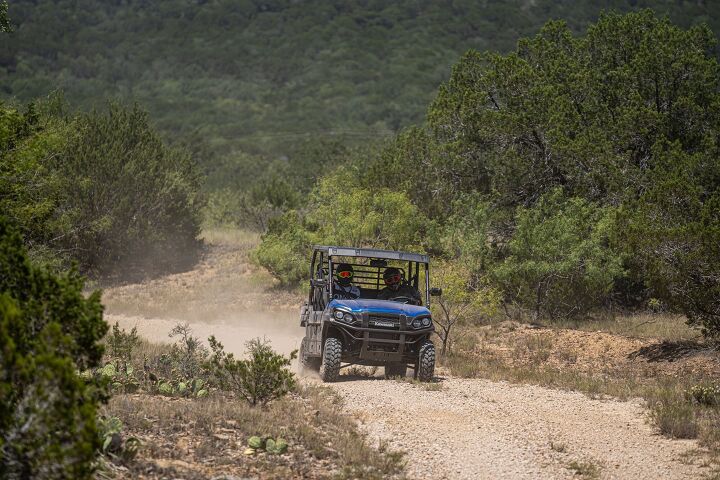








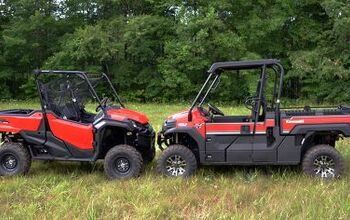
![Don't Try This at Home: Muddy Crash [video]](https://cdn-fastly.atv.com/media/2022/10/24/8744120/don-t-try-this-at-home-muddy-crash-video.jpg?size=350x220)


